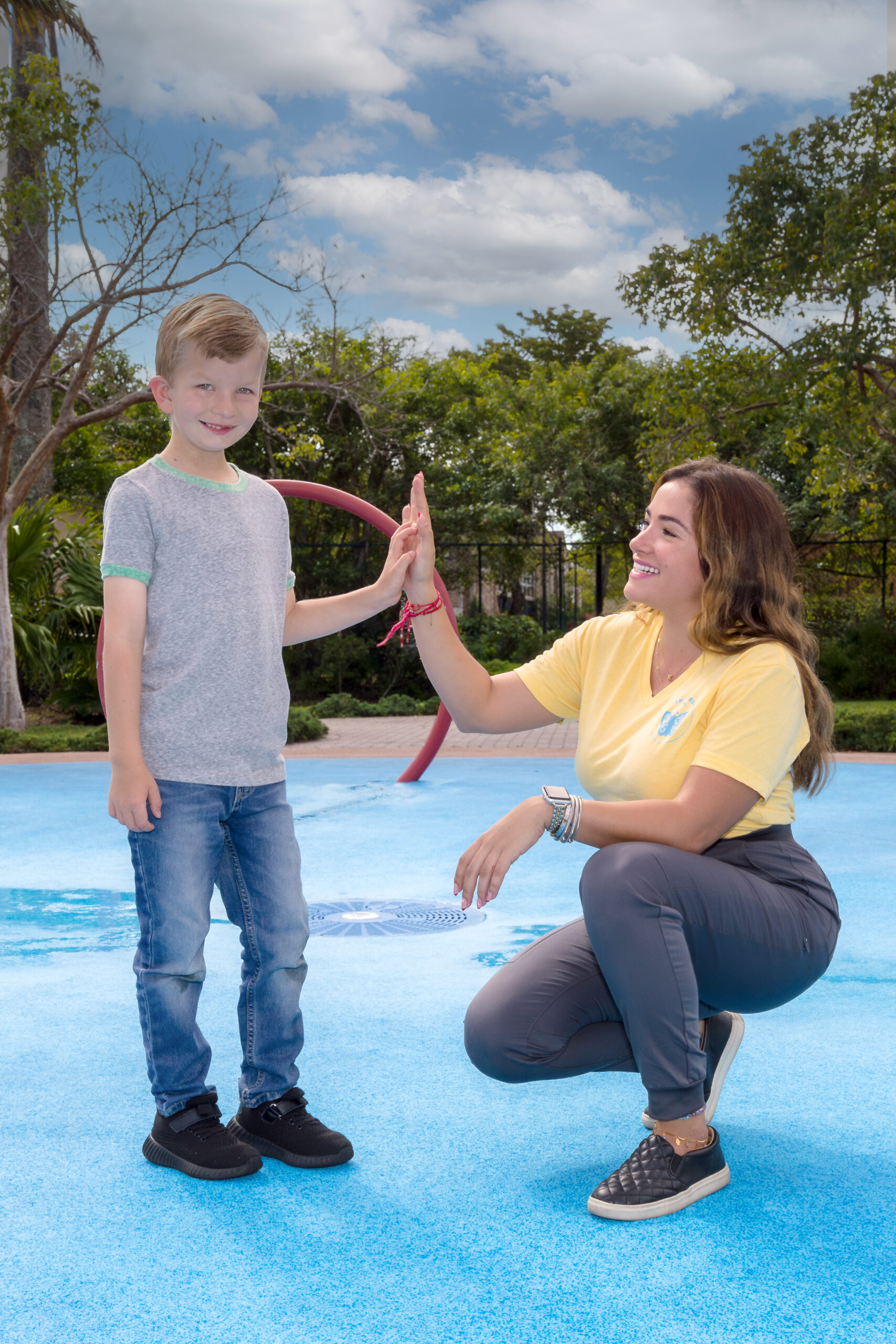
Creating a Calming Corner: A Safe Space for Emotional Regulation
October 21, 2024
Essential Tips for RBTs to Improve ABA Therapy Sessions
October 21, 2024
Creating a Calming Corner: A Safe Space for Emotional Regulation
October 21, 2024
Essential Tips for RBTs to Improve ABA Therapy Sessions
October 21, 2024
Child-led play is a central component of ABA therapy, offering a unique way to engage children by letting them direct activities based on their own interests. In ABA, this approach builds trust, promotes independence, and increases motivation, which are all essential for meaningful learning and development.
Allowing the child to guide the session helps therapists create a comfortable environment where new skills can be introduced naturally and in line with the child’s current focus. For parents, embracing this strategy at home can reinforce skills learned during therapy.
What is Child-Led Play?
Child-led play means the child chooses the activity, while the therapist or parent follows their lead. In ABA therapy, this encourages a child to stay engaged and comfortable during sessions, as their preferences are respected. The therapist can still introduce new skills but does so by working within the child’s chosen activity.
Why Child-Led Play is Key in ABA Therapy
• Builds Trust: When children see their interests being valued, they are more likely to feel comfortable and engaged. This trust is critical for successful ABA outcomes.
• Promotes Independence: By letting children make decisions, we encourage them to develop independence and confidence in their choices.
• Increases Motivation: Activities that a child enjoys boost their motivation to learn, helping the therapist integrate new concepts more effectively.
How to Incorporate Child-Led Play at Home
Parents can use child-led play at home to support their child’s therapy:
• Let Them Choose: Allow your child to select their activity and follow their lead during playtime.
• Join In, but Don’t Direct: Participate in the activity without taking control, encouraging the child to explore and make decisions on their own.
• Support Exploration: Ask open-ended questions like, “What should we do next?” or “What happens if we try this?” to gently encourage creative thinking.
By embracing child-led play, both therapists and parents can create an environment that fosters natural learning and development, helping children reach their fullest potential.
Want to learn more about how child-led play can support your child’s development? Contact us today to schedule a consultation and discover how our ABA therapy services can make a difference.
